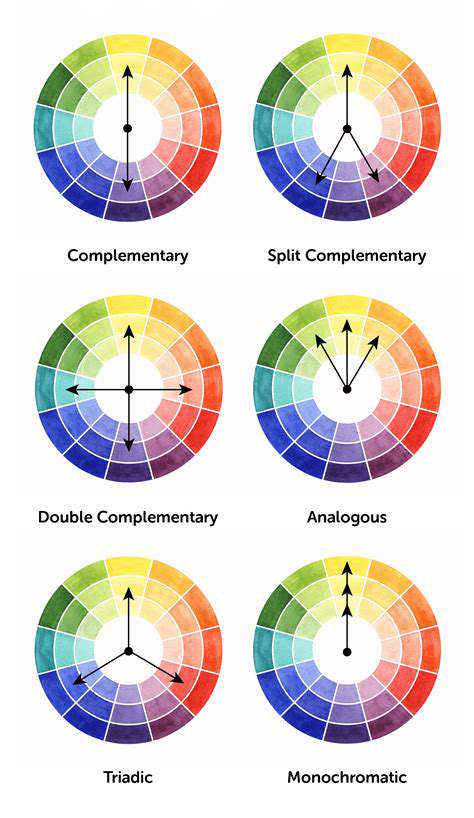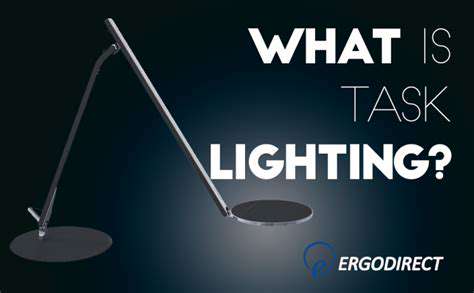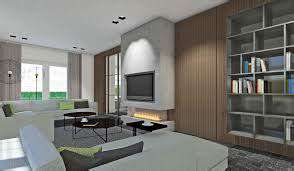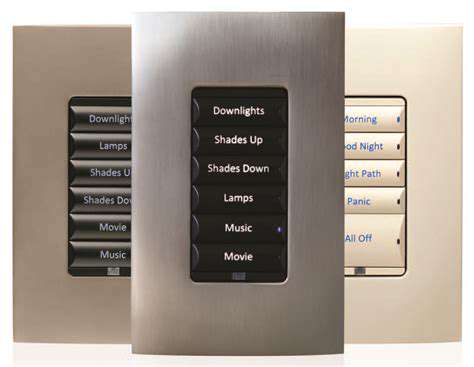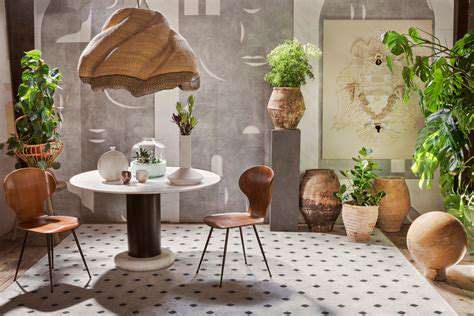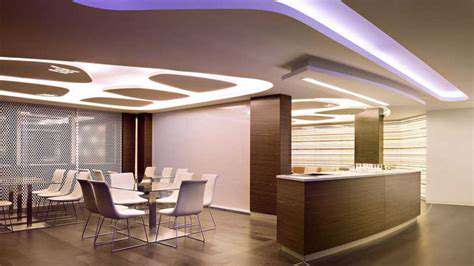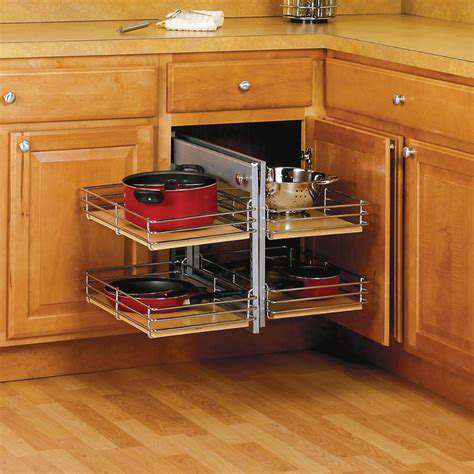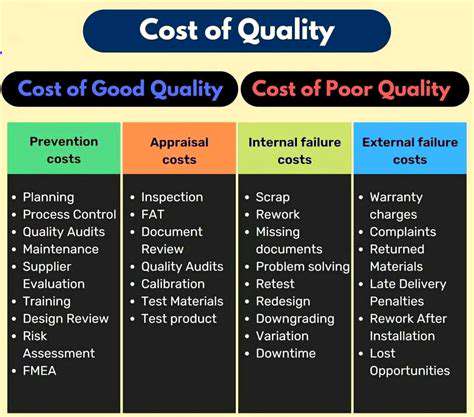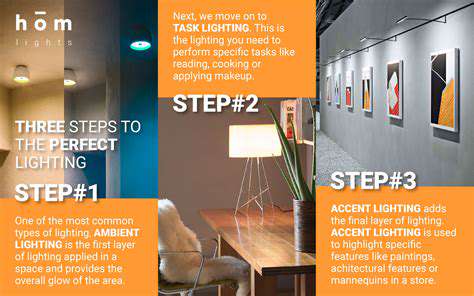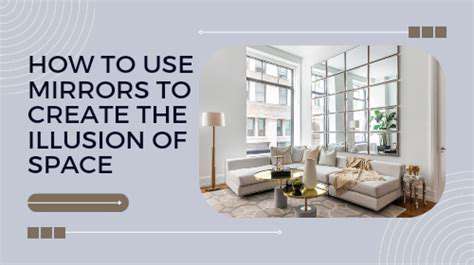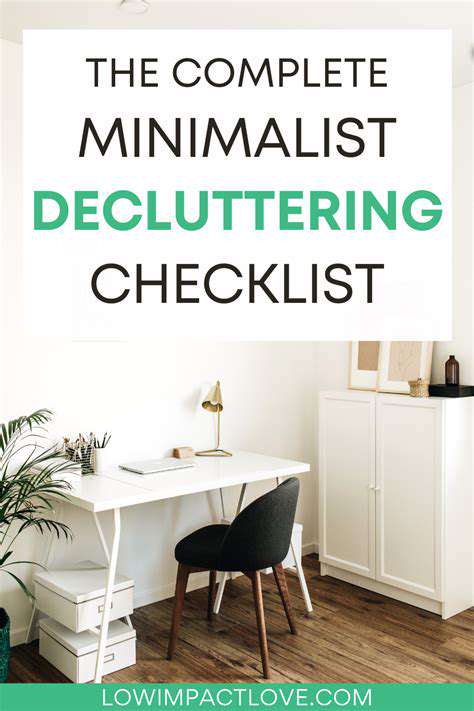Innovative Soft Furnishing Design for Trendy Home Interiors
Outline
Textiles blend patterns and textures for dynamic design aesthetics.
Colors influence perceptions and unify design elements.
Mixing patterns requires balance and scale for effective design.
Sustainability drives modern textile design choices and trends.
Homeowners should start small with patterns in decor improvement.
Eco-friendly fabrics have lower environmental impact and health benefits.
Consumers face cost and availability challenges with sustainable fabrics.
Smart textiles incorporate technology for comfort and energy efficiency.
Customization trends reflect consumer desires for personalized home solutions.
Bold color palettes elevate home design and express individuality.
Reinventing Textiles: Mixing Patterns and Textures
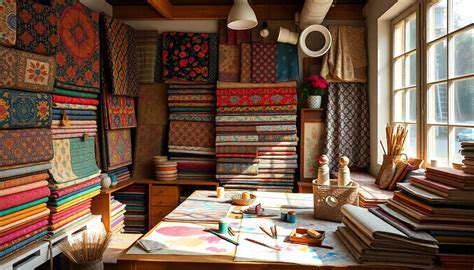
Understanding Patterns and Textures in Textiles
Textiles have long been a canvas for creativity, with patterns and textures playing a critical role in design. Different patterns can evoke distinct emotions, influencing the overall aesthetics of a space. For example, geometric designs may convey a modern, minimalist vibe, while floral prints often bring warmth and comfort.
Textures can also significantly affect the perception of a textile. Soft fabrics like velvet add a touch of luxury, while coarse materials might create a more rustic and casual atmosphere. When combined thoughtfully, patterns and textures can transform ordinary furnishings into dynamic statements.
The Role of Color in Mixing Patterns
Color theory is essential when mixing patterns and textures. Selecting colors that complement each other is key to achieving harmony in design. A well-considered palette can bind various elements together, making a room appear cohesive and intentionally designed.
- Choose a dominant color for a unified look.
- Incorporate accent colors to add visual interest.
- Use neutral tones to balance bold patterns.
Additionally, understanding the psychology of color can inform design choices. For instance, shades of blue are often associated with tranquillity, while yellows can energize a room. This knowledge allows designers to create spaces that not only look good but also feel right.
Techniques for Mixing Patterns Effectively
Mixing patterns is an art that requires a delicate touch. Embracing different scales can create an engaging visual story; for instance, pairing large florals with smaller polka dots can make a bold statement without overwhelming the senses. The key is to find a balance that feels right to you. Experimentation is a vital part of the process.
Moreover, layering patterns across various soft furnishings—like cushions, throws, and drapes—can add depth to your design. This layering effect promotes a sense of coziness and invites tactile involvement, which is important in creating comfortable interiors.
Trends Influencing Textile Design
The landscape of textile design is constantly changing, driven by emerging trends and technologies. Sustainable materials are emerging at the forefront of modern textile design, with eco-friendly options becoming more accessible. Many consumers today are seeking products that reflect their values concerning sustainability and ethical sourcing.
Current trends such as maximalism are encouraging bolder choices when it comes to mixing patterns and textures. This shift allows individuals to express their unique style by creating personal sanctuaries that are visually rich and layered. Designers are pushing the envelope with innovative fabric technology, resulting in endless possibilities for customization.
Practical Tips for Homeowners
For homeowners looking to recreate these innovative designs in their own spaces, start small. A few patterned cushions or a textural throw can dramatically change the aesthetic of a room without requiring a full redesign. Gradually build up the complexity of patterns and textures as you become more comfortable with the combinations.
In addition, consider incorporating a variety of materials such as linen, silk, and cotton. Each material not only feels different but also interacts differently with light and space, adding layers to your design. Personalizing your space with bespoke items can ultimately turn your home into a stylish haven that reflects your personality.
Eco-Friendly Fabrics: The Sustainable Choice
Understanding Eco-Friendly Fabrics
Eco-friendly fabrics are made from fibers that are produced with minimal impact on the environment. These materials include organic cotton, hemp, and bamboo, which are cultivated without harmful pesticides and fertilizers. The production processes for these fabrics are often designed to conserve water and energy, contributing to a more sustainable cycle of fabric creation.
As consumers become increasingly aware of environmental issues, the demand for eco-friendly alternatives in soft furnishings has surged. Reports suggest that the global market for Sustainable textiles is expected to reach $8.25 billion by 2027, highlighting a shift towards greener choices in home decor. This growth not only reflects changing consumer behavior but also the increasing availability of innovative textiles.
Benefits of Using Sustainable Materials
One of the primary benefits of eco-friendly fabrics is their lower environmental impact. These materials typically require fewer resources to produce, which can lead to a reduced carbon footprint. Moreover, organic cotton, for instance, uses approximately 90% less water than conventional cotton, making it a much more sustainable option.
From a health perspective, eco-friendly fabrics often contain no toxic chemicals, making them safer for both the environment and human health. This is particularly important for households with children or individuals with sensitive skin, where exposure to harmful substances is a significant concern. Manufacturing processes that prioritize sustainability tend to create a healthier living space overall.
Different Types of Eco-Friendly Fabrics
When selecting eco-friendly fabrics for soft furnishings, consumers will find a range of options, each with distinct properties. Organic cotton remains the most popular choice due to its softness and breathability, making it ideal for curtains and upholstery. Hemp fabric is also gaining traction, valued for its durability and resistance to mildew.
Another innovative material is Tencel, which is produced from sustainably sourced wood pulp. Tencel fibers are known for their smoothness and moisture-wicking properties, making them excellent for bed linens. Additionally, recycled polyester, made from post-consumer plastics, is becoming common, demonstrating how waste can be repurposed into stylish upholstery.
Challenges in the Sustainable Fabric Market
Despite the benefits, the sustainable fabric market faces challenges. One major issue is cost; eco-friendly materials often come at a premium compared to conventional textiles due to more expensive production processes. This factor can deter some consumers from making the switch, highlighting the need for broader education about the long-term benefits associated with choosing sustainable options.
Another hurdle is the availability of diverse and innovative products. While the market is expanding, not all consumers have access to eco-friendly fabrics, especially in some geographic regions. This lack of availability can limit consumer choices and delay the shift towards more sustainable soft furnishing design.
How to Incorporate Eco-Friendly Fabrics in Home Decor
Incorporating eco-friendly fabrics into home decor is both stylish and practical. Homeowners can begin by selecting organic cotton or linen for their sofa covers and curtains, adding a touch of natural beauty to their space. Mixing these fabrics with recycled polyester cushions can create a cozy and sustainable lounging area that doesn't compromise on style.
Additionally, larger items like bedding made from Tencel or bamboo can enhance both comfort and sustainability in the bedroom. It’s also helpful to consider the color palette; natural dyes are available for those who want to further enhance the eco-friendly aspect of their soft furnishings. Overall, designing a trendy interior doesn’t have to sacrifice environmental responsibility.
Future Directions in Eco-Friendly Fabric Innovations
The future of eco-friendly fabrics looks promising with ongoing research and development focused on innovative materials. Scientists are exploring the potential of biofabricated textiles, which are grown from mycelium or other renewable biological resources, potentially revolutionizing how we think about fabric production. This cutting-edge technology could lead to soft furnishings that are both luxurious and completely biodegradable.
Moreover, advancements in packaging and logistics also play a crucial role; sustainable practices throughout the supply chain need attention as well. By integrating eco-friendly practices at every stage—from production to delivery—companies can ensure that their products align with the values of environmentally conscious consumers.
Bold Color Palettes: Making a Statement

Understanding the Psychology of Color
- Color influences mood and perception, impacting design decisions.
- Different colors evoke distinct emotional responses.
- Bold colors can create a vibrant atmosphere in a home.
The psychology of color plays a vital role in interior design, particularly with bold palettes. Colors like red and orange are known to invoke feelings of warmth and excitement, while blues are more calming and serene. Understanding these emotional responses can help designers make informed decisions that resonate with their clients’ personalities and preferences.
When selecting a color palette for soft furnishings, it’s essential to consider how these shades will interact not only with each other but also with the natural and artificial light in the space. This interaction can alter the perceived intensity of a color, making it crucial to test samples in various lighting conditions before finalizing a selection.
Trends in Bold Color Schemes
The current trend in interior design leans heavily toward bold color schemes that make a statement. Colors like deep teal, mustard yellow, and shocking pink are gaining popularity, reflecting a departure from the muted tones that dominated previous decades. Designers are increasingly using these vibrant colors to create focal points within rooms, thereby drawing attention and sparking conversation.
Many designers now advocate for a maximalist approach, pushing boundaries and encouraging the use of contrasting colors to achieve a harmonious yet dynamic aesthetic. This trend allows for personal expression and creative freedom, enabling homeowners to curate spaces that feel uniquely their own.
Combining Bold Colors with Textures
Pairing bold colors with varied textures can enhance the overall impact of a room. For instance, a vibrant couch can be accented with textured pillows that introduce different fabric types, such as velvet or linen. This combination not only adds depth but also invites tactile interaction, enriching the sensory experience of the home.
Moreover, layering different textures can create visual intrigue and prevent the bold colors from overwhelming the space. Using fabrics like faux fur, woven textiles, or patterned materials can provide balance and make bold hues feel more welcoming.
Implementing Bold Colors in Small Spaces
Using bold colors in small spaces requires a strategic approach to avoid overwhelming the environment. One effective method is to designate one area, such as an accent wall or a piece of statement furniture, as the focal point. This can draw attention without making the entire room feel cluttered or chaotic.
Another recommendation is to incorporate bold colors through accessories, such as cushions or artwork, which can be changed easily according to trends or personal mood. This flexibility allows homeowners to embrace boldness without committing to a full redesign.
Conclusion: Embracing Boldness in Home Design
Overall, the integration of bold color palettes in home interiors serves to enhance personality and style. By understanding color psychology and current trends, designers can create spaces that are both aesthetically striking and emotionally engaging. Furthermore, the interplay of bold colors with various textures and strategic implementation ensures that even small areas can benefit from this trend.
Ultimately, homeowners are encouraged to experiment boldly within their spaces, as this can lead to vibrant, stylish homes that reflect their individual tastes and preferences. Innovation in soft furnishings does not only rest on colors but extends to textures, patterns, and combinations that can uplift and personalize every interior.
Smart Technology Integration: The Future of Soft Furnishings
Understanding Smart Textiles
Smart textiles are a revolutionary element in the realm of soft furnishings, incorporating technology that interacts with the environment. These fabrics can change properties based on various stimuli, such as temperature, moisture, or light. For instance, materials embedded with sensors can adjust their insulation qualities depending on the room’s temperature, offering both comfort and energy efficiency.
Recent advancements showcase textiles that can monitor health metrics, such as heart rate and body temperature. This innovation not only enhances user comfort but also promotes well-being. Companies like Hexoskin have developed shirts and other wearables that track physical data, highlighting a growing trend of integrating health monitoring capabilities into everyday textiles.
Smart Upholstery Solutions
Upholstery has taken a significant leap forward, with smart solutions rapidly becoming more accessible. One example includes motorized recliners that can be controlled via smartphone apps, allowing for seamless adjustments without manual effort. This user-friendly feature caters to the preferences of a modern lifestyle, making home environments more adaptable.
The use of responsive materials in upholstery, such as fabrics that can withstand spills or resist stains, is reshaping the market. Brands like Sunbrella have pioneered these technologies, ensuring that soft furnishings not only remain stylish but are also practical for everyday living. Investing in such upholstery can enhance the longevity and functionality of furniture, justifying a higher price point.
Integration of Internet of Things (IoT)
The Integration of IoT into soft furnishings signifies a remarkable shift in how consumers interact with their home environments. By connecting furnishings to the internet, homeowners can control lighting, temperature, and even media systems directly from their smartphones or voice-assisted devices. This level of integration is not only convenient but also maximizes energy efficiency, as users can monitor and adjust settings remotely.
For instance, smart curtains can automatically adjust based on the time of day or weather conditions, optimizing natural light while maintaining privacy and energy conservation. According to a recent survey by the Consumer Technology Association, nearly 30% of U.S. households now own at least one smart home device, highlighting the growing demand for integrated living solutions.
Customization and Personalization Trends
With technology advancing, the ability to customize soft furnishings has become more prevalent than ever. Consumers are seeking furnishings that reflect their individual style and meet their specific needs. For example, online platforms now offer customizable fabric patterns, colors, and textures, enabling users to design items that fit perfectly with their home aesthetic.
Moreover, augmented reality (AR) applications allow consumers to visualize how different furnishings would look in their spaces before making a purchase. This technology not only enhances the shopping experience but also significantly reduces the likelihood of returns due to mismatch, making it a win-win for both retailers and customers.
The Environmental Impact of Smart Soft Furnishings
As sustainability becomes a priority for many consumers, the smart soft furnishings market is beginning to reflect this trend. Companies are introducing eco-friendly materials that are not only technologically advanced but also sustainable. For instance, textiles made from recycled plastics not only reduce waste but also offer high-performance qualities, managing temperature and moisture effectively.
Additionally, smart furnishings equipped with energy-efficient technology can significantly reduce household energy consumption. Research indicates that homes fitted with smart technologies can save up to 20% on energy bills, a compelling argument for consumers looking to make environmentally conscious choices while innovating their interior spaces.
Personalized Styles: Customization is Key
Understanding the Importance of Customization
Customization is not just a trend; it's a fundamental shift in how consumers approach their home decor. Recent studies indicate that over 60% of homeowners express a desire for personalized home solutions that fit their unique lifestyle. This means that custom soft furnishings are not merely about aesthetics; they are also about functionality and comfort tailored to individual needs.
By offering bespoke designs, homeowners can incorporate elements that reflect their personality while ensuring that their functional requirements are met. This could include selecting specific fabrics, patterns, and colors that harmonize with existing decor, creating a cohesive and inviting environment. The ability to personalize can also enhance the value of a home, as custom features often appeal to potential buyers.
Trends in Soft Furnishing Customization
Current trends in soft furnishing customization highlight sustainability, versatility, and technology integration. For instance, eco-friendly materials are gaining traction, as more consumers are aware of their environmental impact. Brands that offer organic fabrics or recycled materials are seeing increased interest, reflecting a growing demand for sustainable production practices.
Moreover, versatility is key—many customers are now looking for multi-functional furnishings that adapt to various occasions, from intimate gatherings to larger home events. Innovations such as modular sofas or reversible cushions can significantly enhance the use of space, especially in modern urban homes. Staying informed about such trends can help designers better meet their clients' expectations.
Implementing Personalized Designs in Real Homes
When it comes to implementing personalized designs, a thorough understanding of the client's needs and lifestyle is essential. Regular consultations and feedback loops can facilitate a more accurate representation of what the client envisions. For example, if a client often entertains guests, a larger sectional sofa with easy-to-clean fabric might be a better choice than a delicate, traditional settee.
Furthermore, working with professional designers can streamline the customization process. Utilizing specialized software allows clients to visualize their choices in real time, leading to informed decisions that align with their vision. Design firms that employ such technologies typically report higher client satisfaction rates, reinforcing the value of a personalized approach in soft furnishing.
